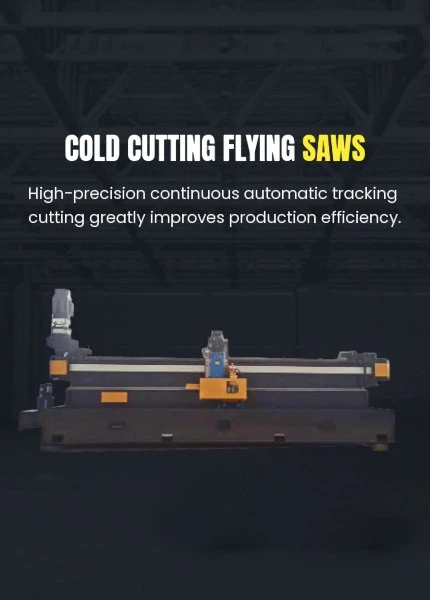metal stud roll forming machine
The Evolution and Significance of Metal Stud Roll Forming Machines
In the realm of modern construction and manufacturing, the demand for efficiency, accuracy, and innovative solutions has never been higher. Among the most effective tools that have arise to meet these needs are metal stud roll forming machines. These machines play a critical role in fabricating metal studs, which are essential components in the framing of walls, ceilings, and other structural elements in commercial and residential buildings.
Understanding Metal Stud Roll Forming
At its core, roll forming is a continuous bending operation in which a long strip of metal is passed through a series of rollers that progressively shape it into the desired cross-section. This process is particularly advantageous for producing metal studs and track systems that are used to create non-structural walls and partitions. Metal studs are favored over traditional wood framing due to their durability, resistance to pests, and overall sustainability.
The metal stud roll forming machine efficiently converts flat sheets of metal into intricate shapes, allowing for high-volume production with minimal waste. By utilizing state-of-the-art technology, these machines ensure precise dimensions and consistency across all produced materials. This precision is vital for meeting building codes and ensuring structural integrity in construction projects.
Key Features and Benefits
Metal stud roll forming machines are equipped with several advanced features that enhance their functionality
1. High Speed and Efficiency These machines are designed for high-speed production, which significantly reduces manufacturing time and costs. Automated systems further enhance this efficiency by minimizing manual labor and the risk of errors.
2. Customization Capabilities One of the standout features of modern roll formers is their ability to produce customized metal studs based on specific engineering requirements. This flexibility allows builders and contractors to tailor the framing components to suit varied project needs.
3. Material Versatility Metal stud roll forming machines can work with various materials, including galvanized steel, aluminum, and other alloys. This versatility enables manufacturers to produce a wide range of products, including different gauges and types of studs.
4. Reduced Material Waste The roll forming process is inherently efficient, producing very little scrap material compared to other forming methods. This aspect not only reduces costs but also promotes environmentally sustainable manufacturing practices.
metal stud roll forming machine

5. Ease of Operation Modern roll forming machines come with user-friendly control systems that make it easy for operators to set up and manage production runs. This ease of use is crucial for training new operators and ensuring smooth operations within manufacturing facilities.
Applications in Construction
The applications of metal stud roll forming machines in construction are vast. They are predominantly used in the construction of interior framing for commercial buildings, residential projects, and industrial applications. The lightweight nature of metal studs allows for straightforward handling and installation, which is especially beneficial in large-scale projects where speed is critical.
Metal studs are also resistant to warping, shrinking, or swelling, making them ideal for environments with fluctuating humidity levels. Furthermore, they provide excellent fire resistance, contributing to safer building practices.
In addition to their structural advantages, metal studs offer design flexibility. Architects and designers appreciate the ability to create complex layouts with varying wall heights, curves, and recesses, all made possible with metal framing systems.
Future Trends
As technology continues to advance, the future of metal stud roll forming machines looks promising. Innovations such as automated robotic systems, artificial intelligence, and improved materials will likely lead to even greater efficiencies and capabilities within the industry.
Furthermore, as sustainability becomes an increasing priority in construction, metal studs will likely see a surge in popularity due to their recyclability and long lifespan. The increased focus on reducing carbon footprints in construction will push more building professionals toward adopting roll forming technologies that allow for sustainable building practices.
Conclusion
Metal stud roll forming machines are undeniably revolutionizing the construction industry. By providing efficient, precise, and cost-effective solutions for metal framing, these machines are helping to meet the growing demands for modern building practices. As innovations continue to emerge, their significance in the future of construction and manufacturing will only strengthen, paving the way for smarter, more sustainable building solutions.
-
High Frequency Straight Seam Welded Pipe Production Line-BzZhou Xinghua Machinery Equipment Manufacturing Co., LTD.|Precision Welding, High EfficiencyNewsJul.30,2025
-
High Frequency Straight Seam Welded Pipe Production Line|BzZhou Xinghua|Precision Welding&EfficiencyNewsJul.30,2025
-
High Frequency Straight Seam Welded Pipe Production Line - BzZhou Xinghua|Precision Engineering&EfficiencyNewsJul.30,2025
-
High-Frequency Straight Seam Welded Pipe Production Line-BzZhou Xinghua Machinery Equipment Manufacturing Co., LTD.NewsJul.30,2025
-
High-Frequency Straight Seam Welded Pipe Production Line-BzZhou Xinghua Machinery Equipment Manufacturing Co., LTD.|Precision Manufacturing, High EfficiencyNewsJul.30,2025
-
High Frequency Straight Seam Welded Pipe Production Line-BzZhou Xinghua Machinery Equipment Manufacturing Co., LTD.|Precision Steel Pipe Manufacturing&Industrial EfficiencyNewsJul.29,2025


